DIY STEM Experiments Using Everyday Items
DIY STEM Projects Using Everyday Items: Easy Experiments for Young Learners
Learning isn’t just about books—it’s about turning your living room into a spaceship, a volcano lab, and a jungle all at once. Imagine paper planes zooming like fighter jets across the kitchen while cupcakes melt like tiny science experiments on the counter. Rubber bands become catapults launching marshmallows into orbit. Balloons transform into rocket engines. Cardboard boxes? Spaceships, forts, and castles for conducting top-secret experiments. Even spilled water becomes a lesson in surface tension. Popsicle sticks suddenly form bridges that could withstand an avalanche of Lego bricks. Every failed experiment is just a plot twist. Measuring cups? They’re now beakers for potions that fizz and foam. Paper clips magically float across the sink like tiny boats exploring the high seas. Every “oops” becomes a hands-on lesson in physics. Ice cubes aren’t just frozen water—they’re a disappearing act that teaches thermodynamics. Food coloring turns ordinary water into rainbows you can drink (sort of). Balloons stuck to your hair are now charged particles in a live static electricity experiment. Cardboard tubes become telescopes for spotting imaginary aliens. Popsicle sticks hold up towers taller than your homework stack. Tape isn’t just sticky—it’s the glue holding entire civilizations together. Coins, batteries, and wires suddenly become a miniature electric universe. Magnets attract paperclips like they’re secret agents on a mission. Old cereal boxes transform into mini solar ovens, baking cookies in the sun (or at least trying to). Shadows on the wall teach more about the solar system than any textbook. Straws bend and twist into roller coasters for marbles. Water droplets race each other down a windowpane, proving gravity is relentless.
Every “what if?” question sparks a new idea. Crayons double as electrical conductors. Socks double as parachutes. Tables double as labs. Floors double as landing pads. Imagination is the only limit for students . Curiosity drives the plot. Laughter is the soundtrack. And in the end, the biggest lesson is this: learning is messy, wild, crazy, and absolutely magical.
In this blog, we’ll explore easy DIY STEM activities for elementary students , how to set up a home STEM space, and how Codeyoung connects these playful experiments to structured online learning.
Why DIY STEM Projects Matter for Child Development
DIY STEM projects matter because every experiment teaches children something meaningful. Kids learn how to observe , ask the right questions, apply concepts from real life, and discover the connection between their everyday lives and academic subjects.

1. Building Critical Thinking and Problem-Solving
When teaching students through hands-on activities, they naturally develop critical thinking skills that make them curious problem-solvers. Whether they test a homemade parachute or try different structures for a bridge, their minds begin exploring different ways to meet the challenge and reach a working solution.
A simple example:
When kids create a paper bridge and watch it collapse, they’re not failing — they’re learning the concept of load-bearing and engineering stability.
2. Mistakes Build Resilience
Failure is not the opposite of success — in STEM, it’s part of the process . Letting kids thinking evolve through trial and error helps them understand newton's laws in real time or how gravity affects structures. When their balloon car doesn’t move or their slime becomes too sticky in the first few seconds, they adapt, redesign, and protect their ideas by trying again.

This builds confidence and encourages them to research (researchresearch) and think independently.
3. Linking Projects to Real-World Learning
DIY activities help students see the links between theory and daily experience. When they build a mini solar oven, they understand heat absorption, renewable energy, and the science of green living. When they explore the water cycle (water cyclewater cycle), they understand weather and climate change. When they try the solar eclipse viewing model, they understand shadow formation and space
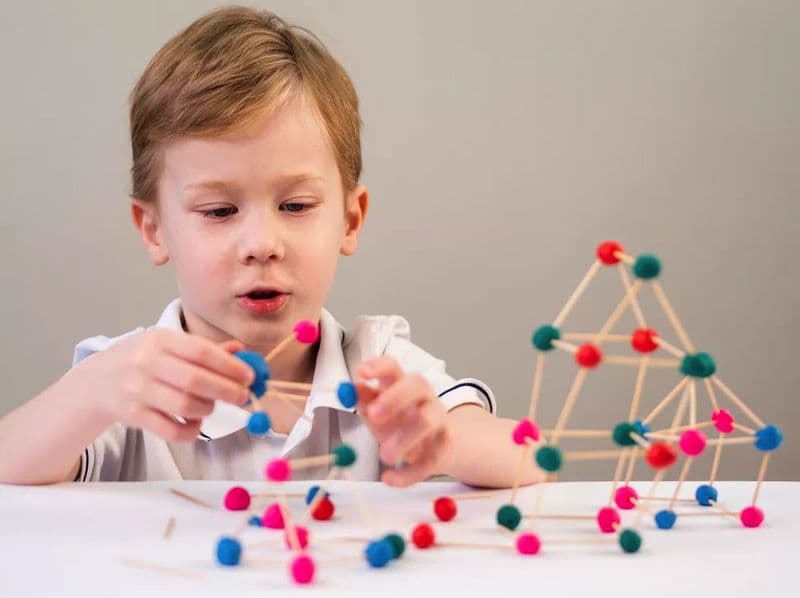
Old socks turn into parachutes for eggs surviving daring drops. Baking soda and vinegar erupt into volcanoes that could rival Mount Vesuvius. Even your dog’s water bowl becomes a physics experiment in ripples and waves. Rubber bands stretch, snap, and remind us about stored kinetic energy. Paper airplanes fly at supersonic speed—or at least across the living room carpet. Every chair becomes a launch pad. Every hallway is a race track. Every drawer hides secret STEM treasures waiting to be discovered. Kids become mad scientists, engineers, pilots, and astronauts all at once. Measuring tape and rulers suddenly make them architects.
Essential Materials for DIY STEM Projects You Already Have at Home
STEM exploration doesn’t require fancy tools. Many powerful stem projects can be done with basic materials sitting around your house.
Common Household Items
baking soda
Plastic bottles
paper
Balloons
Food coloring
Cups and plates
household materials
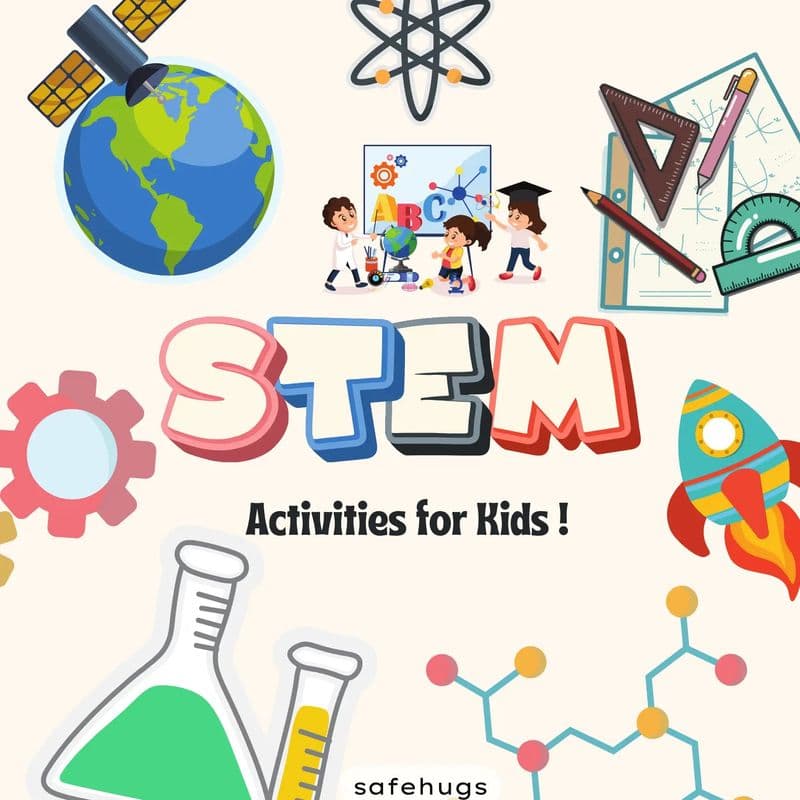
Craft & Recyclable Supplies
pipe cleaners
Cardboard
Popsicle sticks
Tape
recycled materials
String
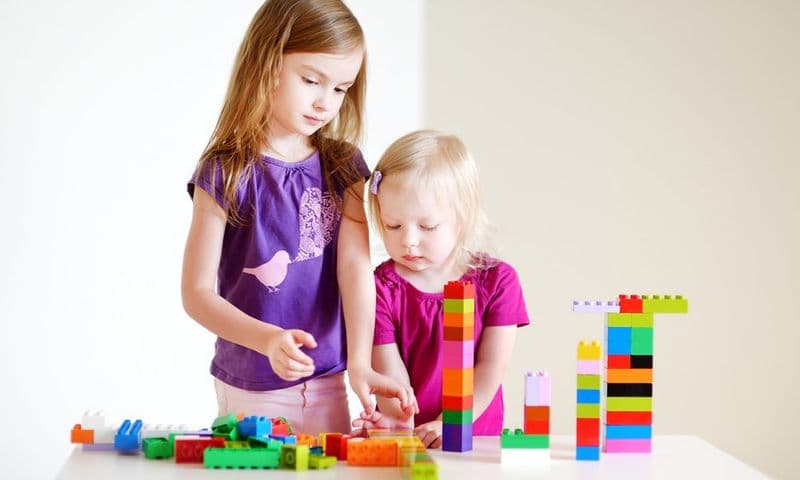
Buttons
These help teachers create innovative lesson plans and fun activities that support stem education.
Setting Up Your Home STEM Lab on a Budget
Parents can create a safe and inviting stem stands at home, especially when teaching students, without spending much. A small table or flat surface can be your starting point.
Tips:

Organize all household items into bins
Keep resources labeled
Ensure proper safety protocols
Provide a challenge to encourage creativity
Add in some simple technology like a timer or flashlight to make experiments engaging.
Remember: A successful STEM space balances structure, exploration, and hands on learning.
Easy DIY STEM Projects for Elementary Students
Here are activities perfect for young creators. Each activity lets students design and explore key STEM topics.
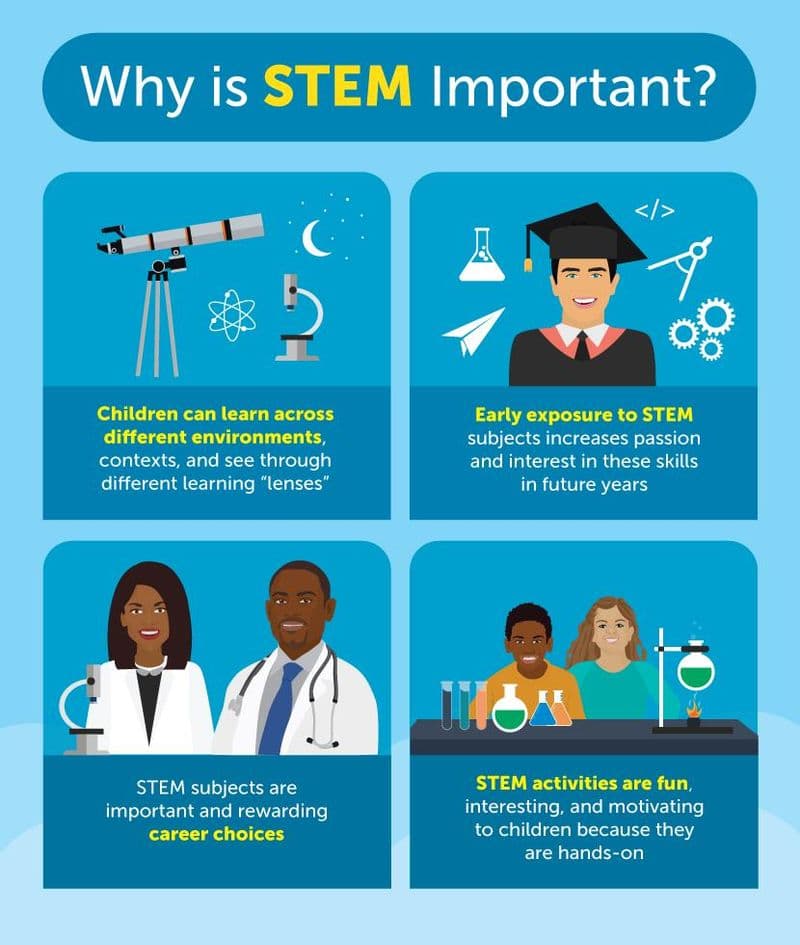
Balloon-Powered Car
Kids learn kinetic energy as the balloon pushes the car forward through escaping air. They notice air resistance and motion changes.
What kids learn:
Beginning physics
Force, motion
Engineering model
Rainbow Density Jar
Using sugar water, they understand properties of liquids, layer formation, and how to measure differences in density.
Homemade Slime or Oobleck

Exploring stem behavior through goo teaches the difference between solids and liquids and helps them determine how pressure affects movement.
Paper Airplane Aerodynamics
Kids fold paper into the longest paper chain style or aerodynamic shapes. Changing the short end adjusts lift and flight distance.

Egg Drop Test
This activity introduces engineering design. Using cushions made from recycled materials, kids work with real environment concepts, gravity, and impact.
Quick 15-Minute STEM Experiments for Busy Families
These short activities help children discover big ideas in just minutes.
1. Floating Paper Clip
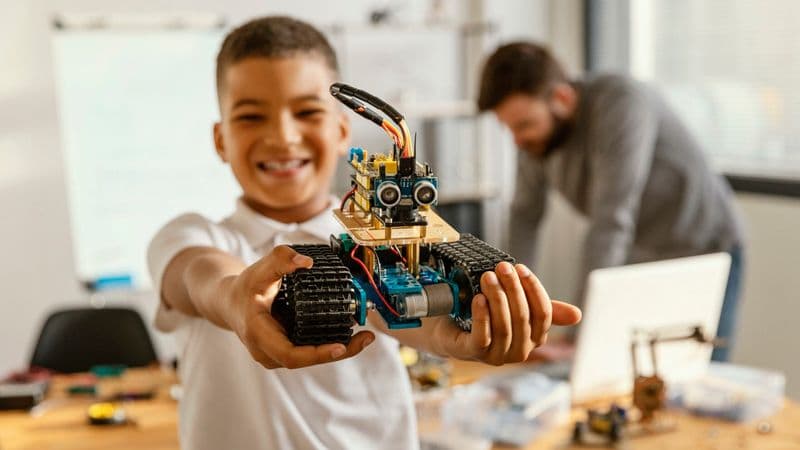
Teaches surface tension
2. Magic Pepper
Shows molecular movement in their everyday lives.
3. Static Balloon
Demonstrates attraction and repulsion.

4. Lego Bridge
Explores engineering strength testing using building ideas from stem activities.
DIY STEM Projects for Kids: Learning Through Creation
STEM has always been about exploration for me, and I love seeing kids light up when they discover something new. I remember when I helped my niece build a cardboard tower—it collapsed three times, but each time we laughed, tweaked the design, and learned something new. Through these experiments, I could see children understanding of technology, engineering, and math concepts deepen without even realizing it.
One of m colleague shared how she let her students to create different structures, build their own coin battery, or test balance with paper planes. I’ve noticed that each attempt—success or failure—improves their creativity and problem-solving skills. One time, a student’s balloon-powered car barely moved, so she encouraged them to figure out why. They tested angles, adjusted the straw, and finally zoomed across the table. Moments like these show me the real power of DIY STEM: it helps children understand the point of inquiry. She loves seeing them test ideas, analyze failures, and develop systems-thinking, knowing that every little mistake is a stepping stone toward discovery.
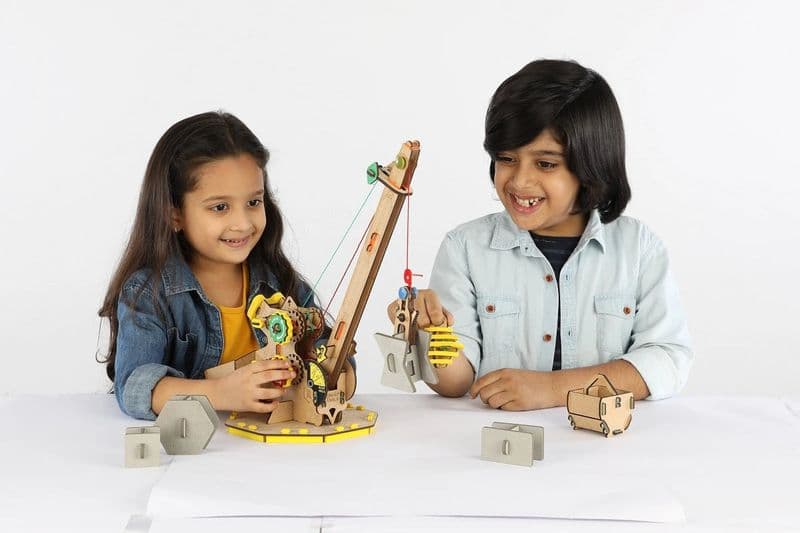
Codeyoung's Approach: Extending DIY STEM Learning Online
I’ve always loved seeing how kids’ curiosity comes alive when they get their hands on STEM activities, and with Codeyoung, I get to bring that excitement into every lesson. I’ve guided students as they build a solar oven from scratch, experimenting with angles and sunlight to see how heat works. I’ve watched them design different ways to test structures, stacking blocks or cardboard towers while figuring out balance and strength.
Sometimes, I even help them create small circuits that light up LEDs or move tiny motors, linking their experiments to space concepts or modern technology challenges. What I love most is seeing how Codeyoung blends digital instruction with hands-on activities to teach , letting me support exploration using simple household materials while keeping kids curious, creative, and confident.
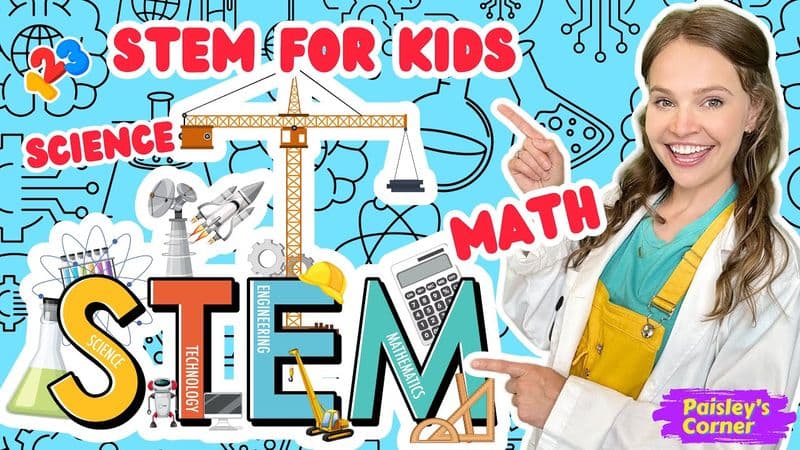
FAQ
How do I adapt projects for age groups?
Younger kids can do simple STEM examples, while older kids can try engineering model projects or stem projects that apply physics or math concepts.
What safety precautions are needed?
Supervise when using baking soda, scissors, or items that may spill. Allow kids to safely explore and discover while you protect their learning journey.
How to connect STEM to the curriculum?
Relate every lesson to the water cycle, gravity, climate change, planting activities, or observed events like solar eclipse viewing.
Comments
Your comment has been submitted successfully!